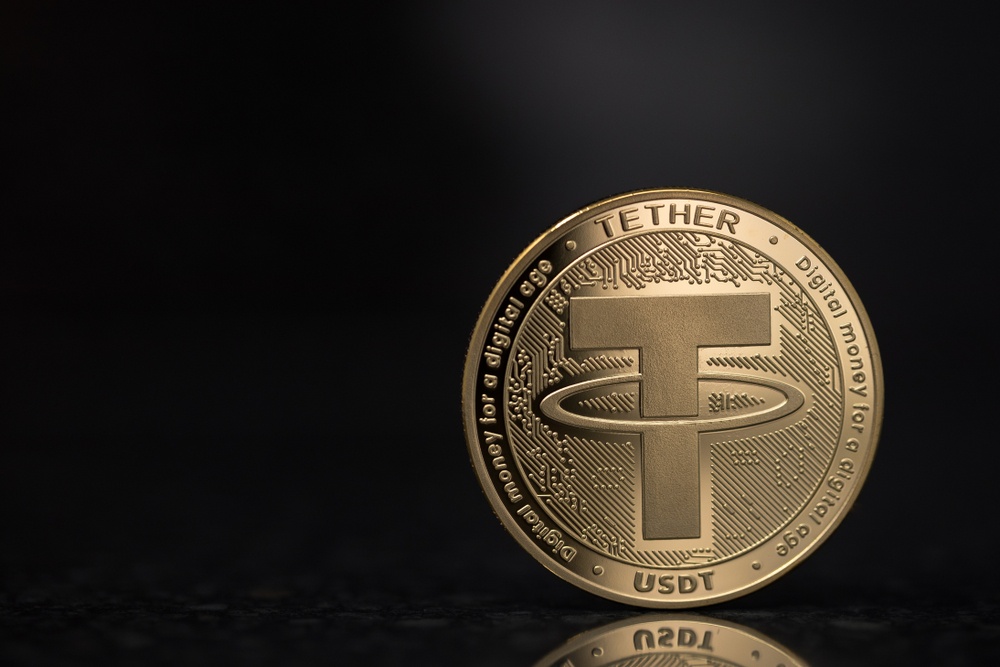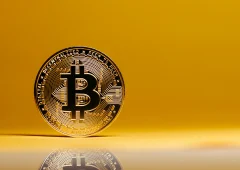Tether’s USDT Dominates Europe’s Crypto Banking Scene in 2024
22.01.2025 20:30 1 min. read Kosta Gushterov
Tether’s USDT emerged as the dominant stablecoin for payments and savings on Brighty, a European crypto banking platform, in 2024.
According to Brighty’s report, USDT accounted for 85% of all crypto deposits and ranked as the second most popular savings asset after the euro, reflecting its strong appeal among users.
The Tron-based TRC-20 version of USDT stood out, driving over 60% of USDT transactions on the platform. Its lower transaction fees compared to the Ethereum-based ERC-20 version made it the preferred choice, with 70% of surveyed users citing cost efficiency as a key factor in their adoption of crypto for payments.
Despite its popularity, USDT’s dominance in Europe may face challenges under the Markets in Crypto-Assets (MiCA) regulatory framework.
While Circle’s USDC has aligned with MiCA requirements, Tether’s non-compliance raises questions about its future availability. Brighty’s co-founder Nick Denisenko predicts a slow transition to USDC, as users adjust to regulatory-driven changes.
Brighty, a Swiss-based app catering to digital nomads, integrates traditional banking with decentralized finance, positioning itself as a bridge between fiat and crypto while navigating the evolving regulatory landscape.
-
1
Here is Why the Fed May Cut Rates Earlier Than Expected, According to Goldman Sachs
08.07.2025 15:00 2 min. read -
2
What Brian Armstrong’s New Stats Reveal About Institutional Crypto Growth
29.06.2025 15:00 2 min. read -
3
Donald Trump Signs “One Big Beautiful Bill”: How It Can Reshape the Crypto Market
05.07.2025 9:56 2 min. read -
4
Market Odds of a U.S. Recession in 2025 Drop in Half Since May
05.07.2025 18:30 2 min. read -
5
Toncoin Launches UAE Golden Visa Program Through $100,000 Staking Offer
06.07.2025 12:04 2 min. read
U.S. Public Pension Giant Boosts Palantir and Strategy Holdings in Q2
According to a report by Barron’s, the Ohio Public Employees Retirement System (OPERS) made notable adjustments to its portfolio in Q2 2025, significantly increasing exposure to Palantir and Strategy while cutting back on Lyft.
Key Crypto Events to Watch in the Next Months
As crypto markets gain momentum heading into the second half of 2025, a series of pivotal regulatory and macroeconomic events are poised to shape sentiment, liquidity, and price action across the space.
Here is Why Stablecoins Are Booming, According to Tether CEO
In a recent interview with Bankless, Tether CEO Paolo Ardoino shed light on the growing adoption of stablecoins like USDT, linking their rise to global economic instability and shifting generational dynamics.
U.S. Dollar Comes Onchain as GENIUS Act Ushers in Digital Era
In a statement that marks a major policy shift, U.S. Treasury Secretary Scott Bessent confirmed that blockchain technologies will play a central role in the future of American payments, with the U.S. dollar officially moving “onchain.”
-
1
Here is Why the Fed May Cut Rates Earlier Than Expected, According to Goldman Sachs
08.07.2025 15:00 2 min. read -
2
What Brian Armstrong’s New Stats Reveal About Institutional Crypto Growth
29.06.2025 15:00 2 min. read -
3
Donald Trump Signs “One Big Beautiful Bill”: How It Can Reshape the Crypto Market
05.07.2025 9:56 2 min. read -
4
Market Odds of a U.S. Recession in 2025 Drop in Half Since May
05.07.2025 18:30 2 min. read -
5
Toncoin Launches UAE Golden Visa Program Through $100,000 Staking Offer
06.07.2025 12:04 2 min. read


